Week 123, 2020
- by Mike@PiedmontFarmstead
- The 'Stead
- 2 Comments
- December 30, 2020
Been awhile! Big changes are coming and we’ve been working hard to prepare for 2021. The major change for us is that we officially took the leap and will both be full-time farmers in 2021! This will allow us to devote more of our time to developing the farm and improving our systems, soil and growing techniques.
Farmer’s Markets:
We finished out the year with the Mount Holly Farmers Market in October. We had a great first year at the market, exceeding our expectations. We were with the market the whole season into the end of October. We tried to continue a winter market, but without an established market during this time of year it was unsuccessful and we switched to a pre-order only drop off for customers. Since then we have had very good support every week and enough orders to continue the drive to drop-off pre-orders in Mount Holly.
We started the search for another market and began attending Denver Farmer’s Market, that has an established winter market. Just as with Mount Holly we were welcomed by the Denver market and customers. Our plan is to continue to be a vendor at the Denver Farmers Market through the winter market and be a vendor at both the Mount Holly and Denver Farmer’s Markets in 2021.



In The High Tunnel:
We had a lot of success this year growing in the high tunnel and a few things we learned from but overall very happy with the first real production year out of the tunnel. We’re definitely looking to grow more tomatoes (especially the large romas everyone loved!) and cucumbers in the high tunnel next year.
The tomatoes and peppers were some of the first and last crops to be in the tunnel this season. We had a late frost and they were still growing strong when we made the decision to cut them out and make room for transplanting winter lettuces. We had tomatoes until the first weekend in November and Peppers until the third weekend in November.
We tried to grow snap peas as a late fall crop in the tunnel but two straight days of 19 degrees damaged all the peas and we had to pull all the plants. We did enjoy a handful just before the freeze though!
Lessons from the high tunnel:
- Ventilation is super important, we installed fans this year.
- Tomatoes need to be broken into two successions to be productive all year.
- Cucumbers also need to be kept to planned successions, we developed downy mildew that could have been avoided.
- Basil did great but also needs successions, plants caught downy mildew as well from the cucumbers.
- More Tomatoes, More Cucumbers.
- We started using a new trellis system and the Qlipr system is awesome! It made for quick work and saved us a LOT of time.






Outside Plot:
Outside of the tunnel, overall went very well for us. This year was a big year for rain, we had multiple days and weeks with inches of rain with storms producing 5+ inches of rain. With that amount of rain some issues were inevitable and luckily we planned for it. Raising the beds a bit saved the beds and allowed the rain to move off the field without damage. Once we figured out some small drainage issues and finished the paths with wood chips those water issues disappeared.
One of our goals was to grow lettuce all year long and we accomplished that. We also wanted to grow carrots all season but were unable to do that due to blight in August as a result of the very humid and hot summer we experienced. The cause of the carrot blight is a virus called Alternaria, the result of hot and humid weather. Many farms in our area suffered the same carrot fate (those that don’t spray) and the only way to prevent a major outbreak is to grow them under cover which is in our extended plan to do in the future years.
This year we focused on growing a handful of popular crops in the field. Lettuce, carrots, beets, garlic, kale and watermelon. We also tried a three sisters garden with watermelon, pole beans and corn, that really didn’t turn out all that well. There was a problem of timing and limited space.
One crop that was an almost complete failure this year was sweet potatoes. We planted 124 slips out in June, expecting a large harvest and to sell them through October/November. However, rats had a different idea and destroyed 90% of the crop. We only salvaged half of what we usually eat. It was a very disappointing harvest to pull up half eaten and rotten potatoes. We also have lingering negative affects on the soil because voles have moved in and are eating all of the crop residue left in the ground and creating quite the mess. In the coming years sweet potatoes are going to be moved to a different area on the farm to hopefully prevent future issues.
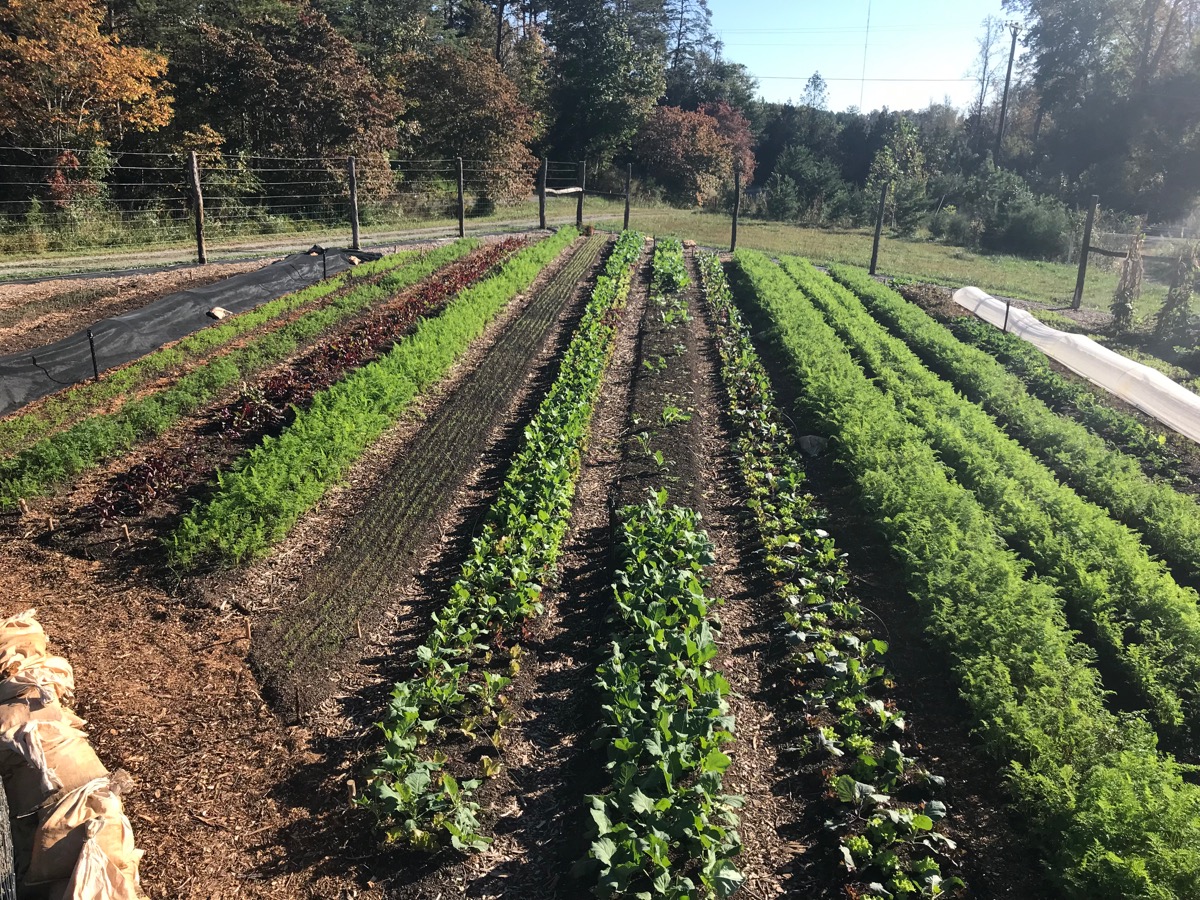
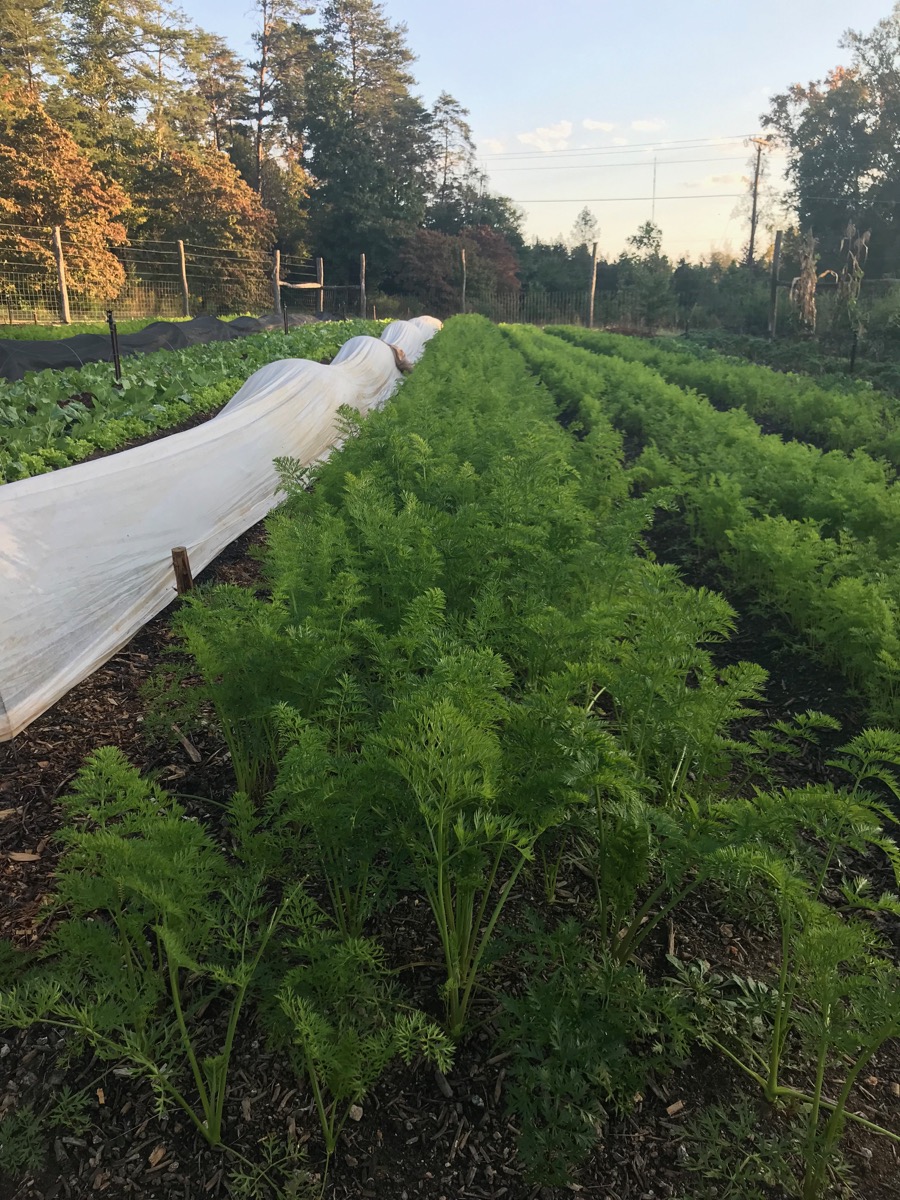



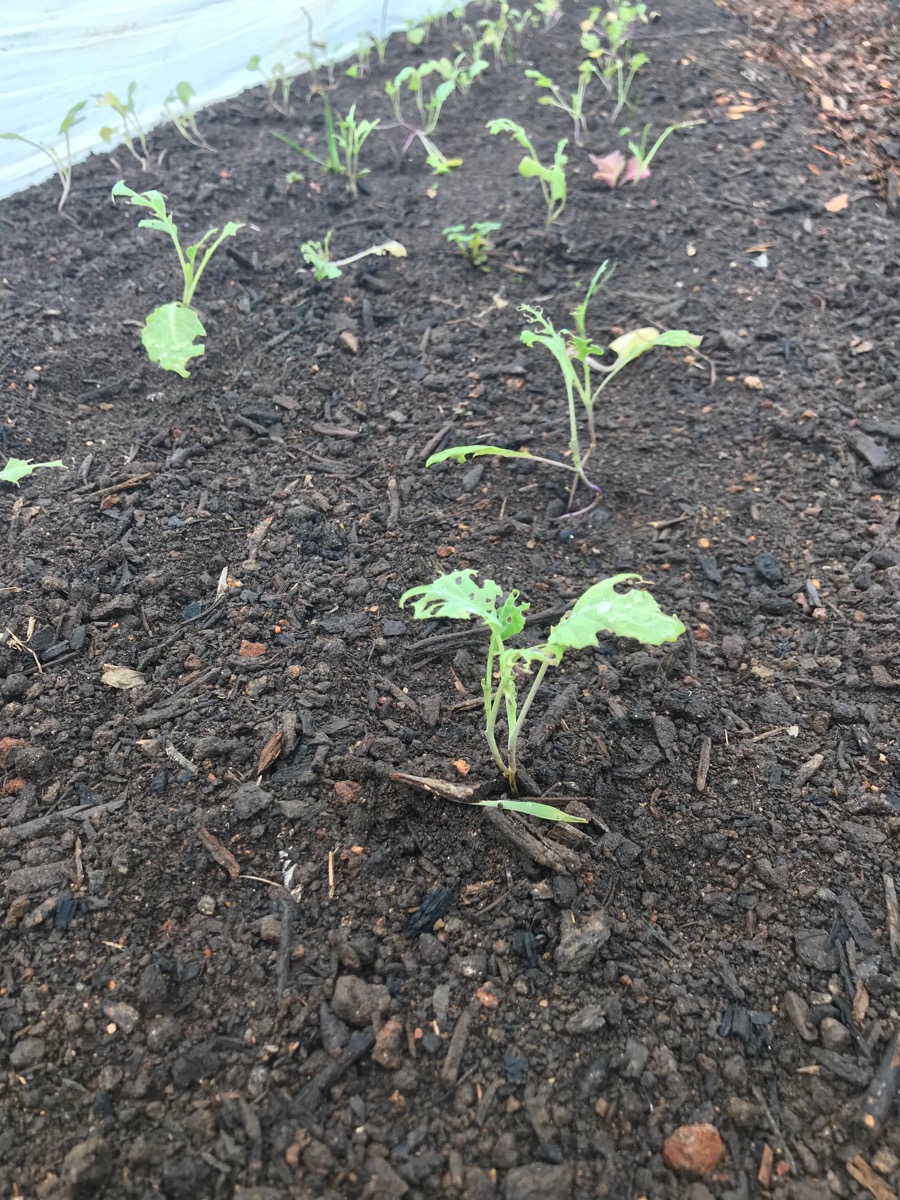




Chickens:
We are maintaining our flock of 30 (with one unfortunate causality) and getting about 15-20 eggs through the winter so far. We have been rotating the chickens through the new expansion area to give them fresh new ground. We use the chickens a lot on our property to prepare it for seeding pastures or as disturbance to the area to promote healthy regrowth. Currently, the chickens are on a pile of unfinished compost. We received an unfinished load of compost early in the year that has been sitting for most of the year. The chickens are doing a great job spreading it out and we will come in on occasion and rake it back into a pile. This should give the unfinished compost a nice boost and will hopefully finish the pile up to use in the future.
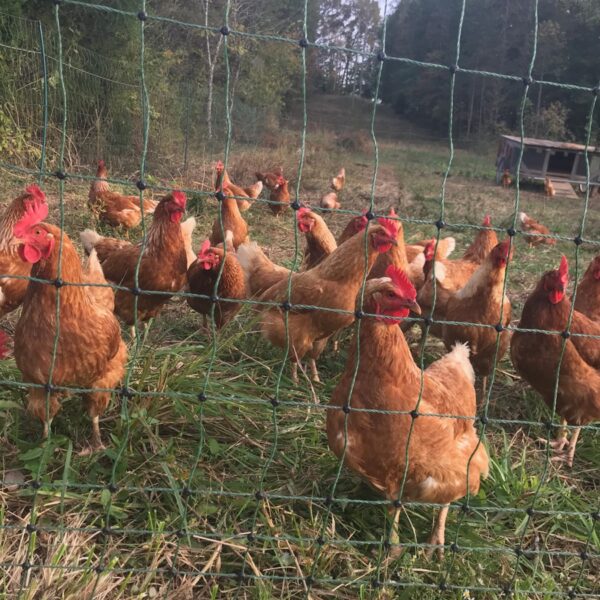
Expansion:
This is a very exciting time, we are officially moving forward with our plans to expand our grow space in the beginning of 2021. Work is scheduled to start in the beginning of January. We’ve been making lots of calls and doing lots of research over the past few months sourcing contractors and parts for the expansion project.
The expansion project will include:
- Increase production space to 1/2 acre.
- Add (32) 50′ long beds and about 200′ of perennial hedgerows.
- A new irrigation well for the farm
- Solar well pumping to storage tanks to allow gravity fed watering on the whole farm
- New irrigation system to tie in with the existing
- Rainwater management with swales and a catchment area to prevent washouts from heavy rains
The increase in bed space will increase production and allow us to resign from our corporate jobs and be full-time farmers. We will not be expanding annual vegetable production past this size and to be honest don’t have the room to either. We are adding four plots, each with eight permanent beds 50′ long, roughly doubling our production space.
The 4 plots will be arranged 2×2 and have a 8-10ft area between them. This area will be planted with perennials, asparagus to start with and then others will be added later on. This 8-10ft. space will be dual purpose and used as a beneficial hedgerow. The plants will be kept to a maximum height of 4-5 feet to keep shading to a minimum but also provide places for birds and other life to flourish keeping pests managed naturally.
The earth works is the first project to be completed. The flat area that will become the four main plots will be leveled out. Because of challenges with being on a slight hill we will have a ditch running around the area to direct water off the plots and around the side. There is an additional area that is included in the expansion that also needs to be addressed and that is on the up hill side of the production area. Since the plot is on the downside of a hill and a slight valley, runoff will become a problem in heavy rain events. To mitigate this we will have a swale cut in on the up hill side of the productions plots. This swale will direct water to the side into an area that will allow the runoff to pool and an area for overflow into a future swale.
We take sustainability seriously and looked at all of the components of this expansion and sought out ways to improve the resiliency of the farm. While drilling a new well is definitely not ideal, we found that there are ways to adapt a well with appropriate technology. We are limited with flat land to farm on our property, but that can also be an advantage. There are benefits of having a steep hill that cannot be farmed. From the farm to the highest point there is about 30-35 feet change in elevation, enough to give us a gravity fed pressure of 15-17psi! Perfect for our irrigation system. So we changed our plans from a grid tied well pump/pressure tank system to a solar system that pumps water to storage tank(s) high on a hill to gravity feed the irrigation system. In short, a solar specific pump will be powered by a set of solar panels during the day pumping water into the tanks on the hill. The tanks will house a float switch to tell the pump when to refill the tank. The irrigation system will then be fed by the tanks using the pressure built up over the height difference to run the drip line and overhead watering. This will give us more resiliency and less moving parts, taking a step towards a more appropriate system and less dependency on the power grid.
The new irrigation system that will be installed on the new plots will also tie into the existing system. We will be using low flow overhead irrigation and drip lines to irrigate, capable of operating at 15psi or above. Each of the new plots will have overhead irrigation and an option to move drip lines onto each plot or row individually. The whole farm irrigation will be controlled by a centralized timer similar to a lawn irrigation system.
Lastly we will be installing a fence around the area to keep out wildlife and other animals. In the years to come we will continue to develop the hedgerows and the area around the new addition to include more perennial fruits and nuts, to truly change the area and regenerate the land.
We have started clearing trees from the new area ourselves and with the use of a wood chipper have been able to finish up the clearing in about two months. Most of the area was scrubby pine regrowth that was very dense and of no real value. The majority of what we cut down was small enough to be run through the chipper and used to fill in paths and beds around the house and food forest area. All of the trees were intentionally left standing about two feet allowing the grading contractor to easily remove the stumps when work starts.


Foraging
Many interesting and new finds since the last update, Maitake (Hen of the Woods) and Cauliflower mushrooms were probably our favorites!
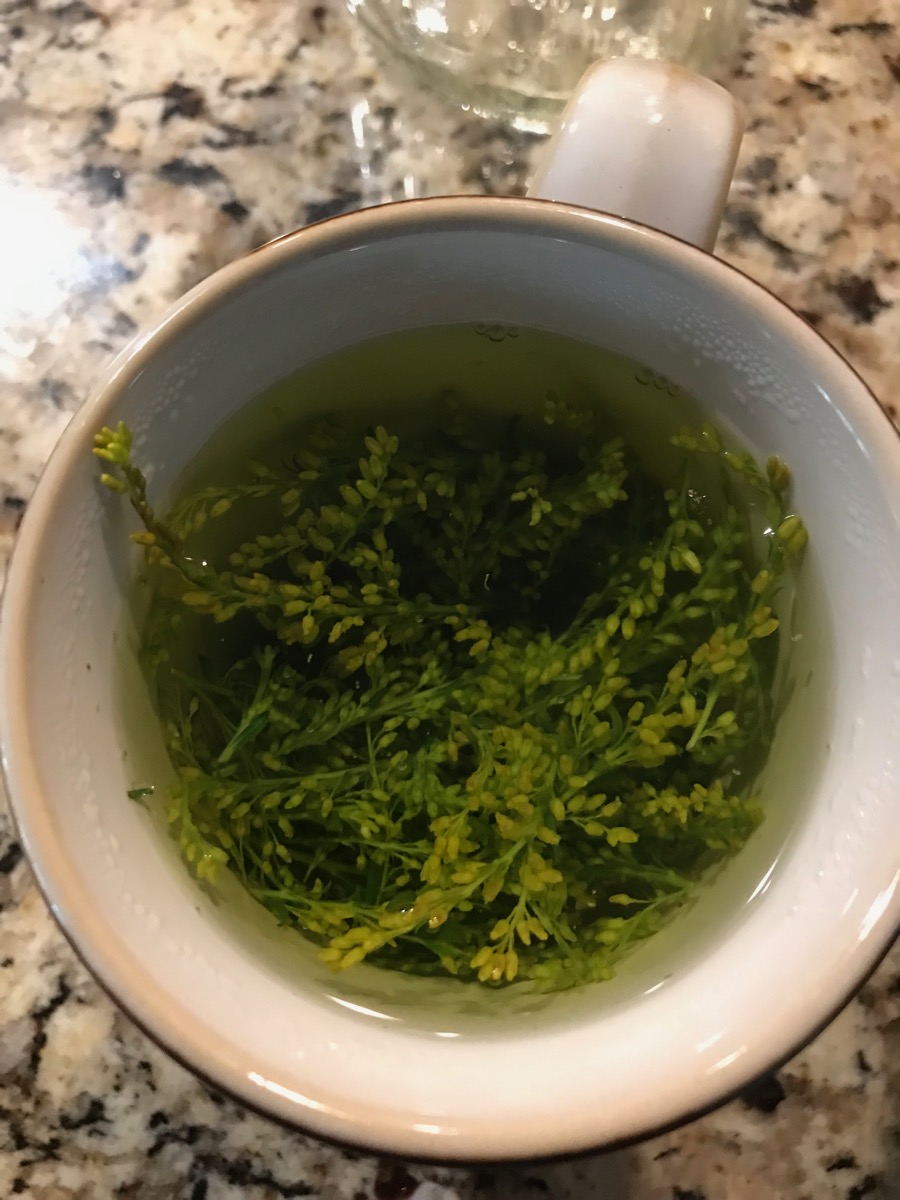






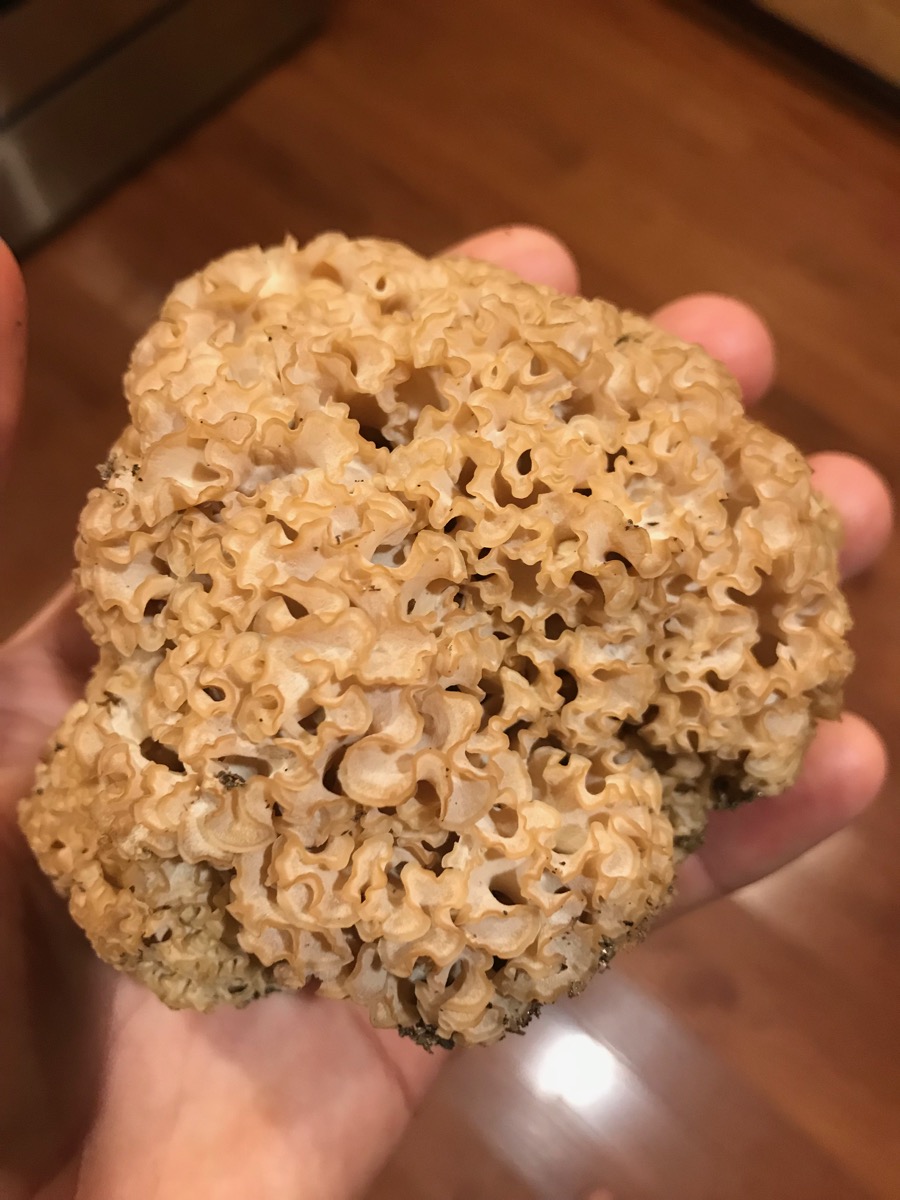

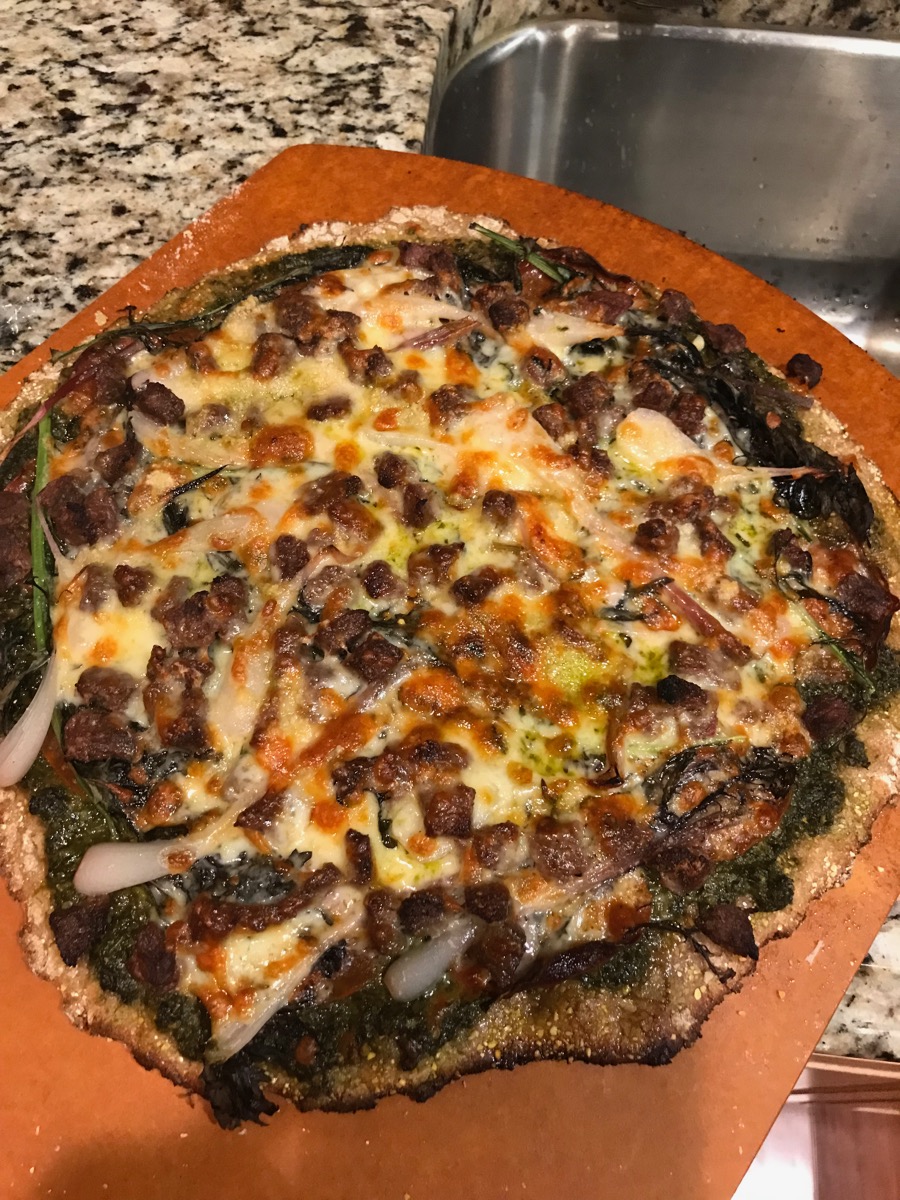

From Around The Homestead:
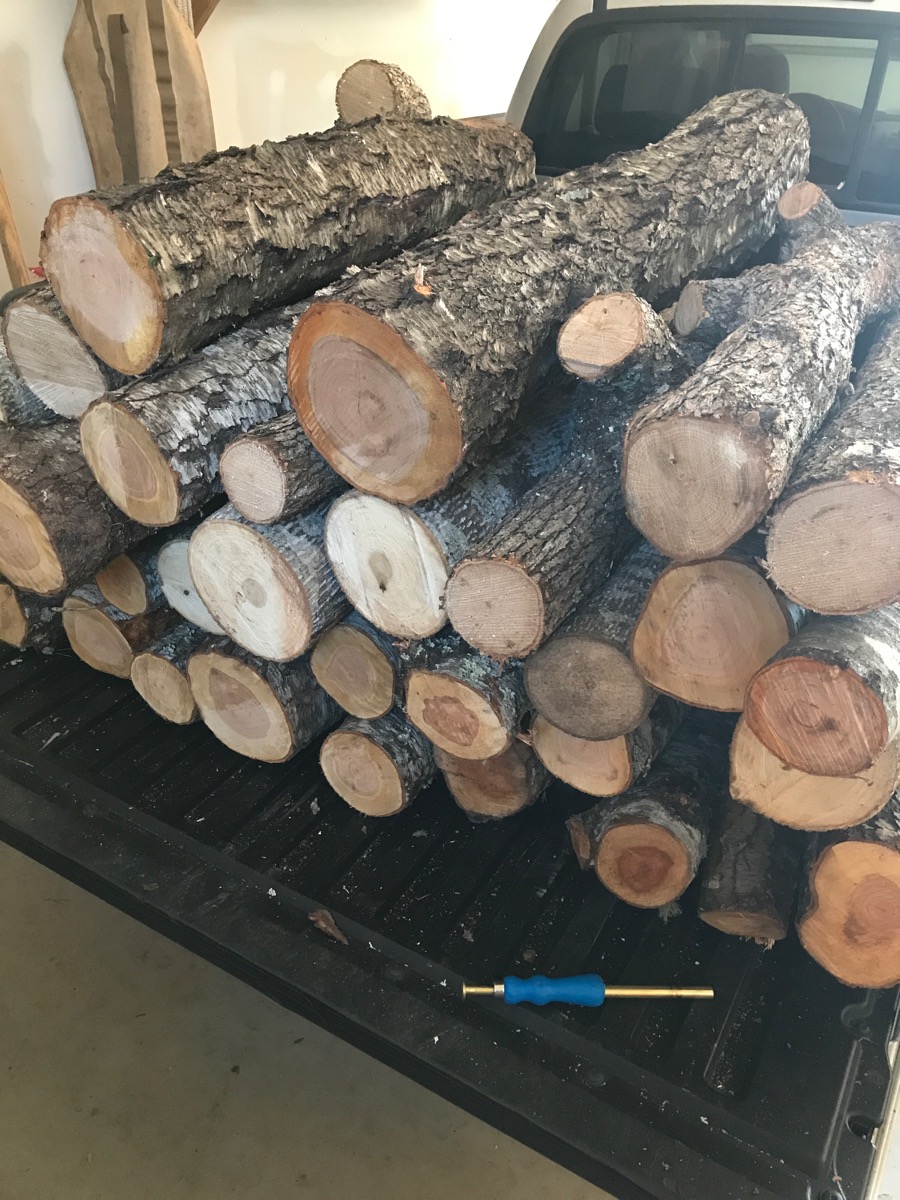
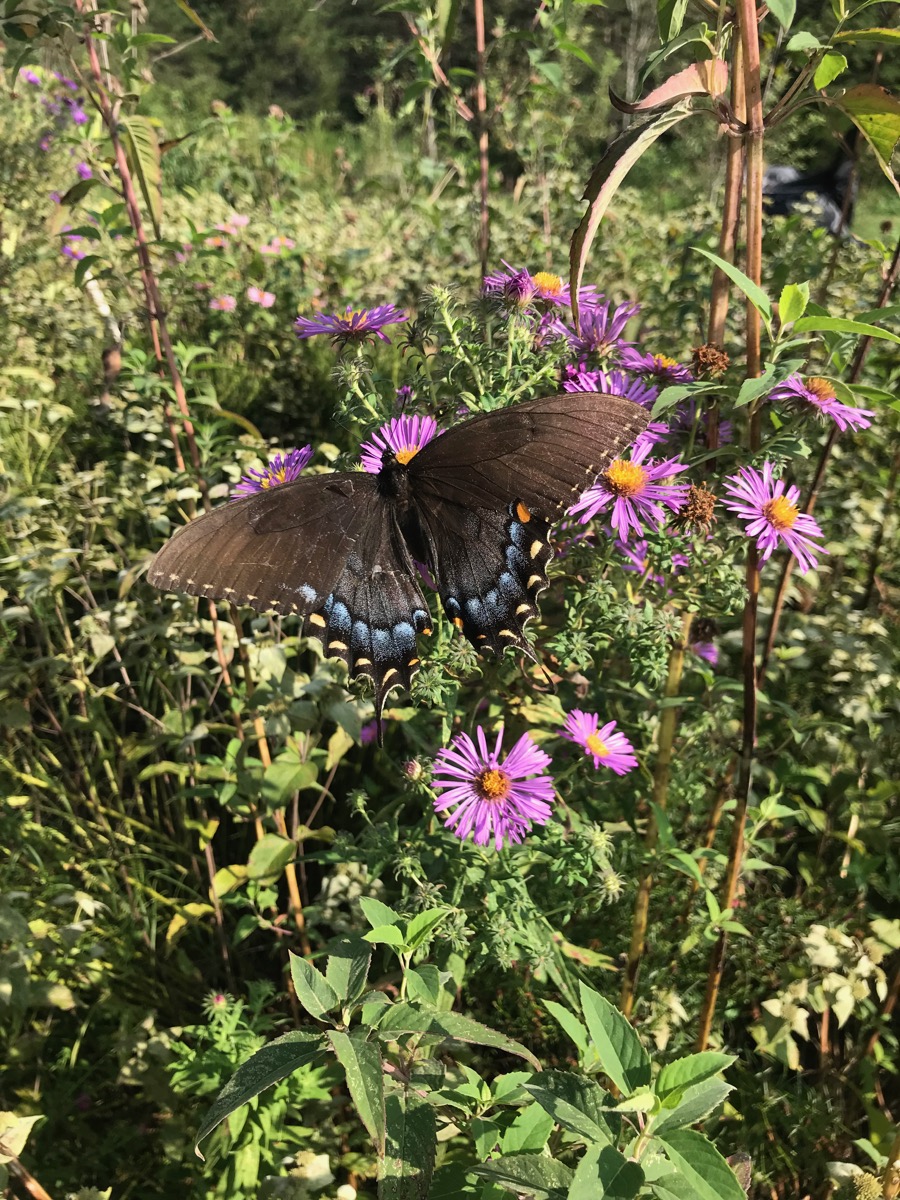

Thanks for reading,

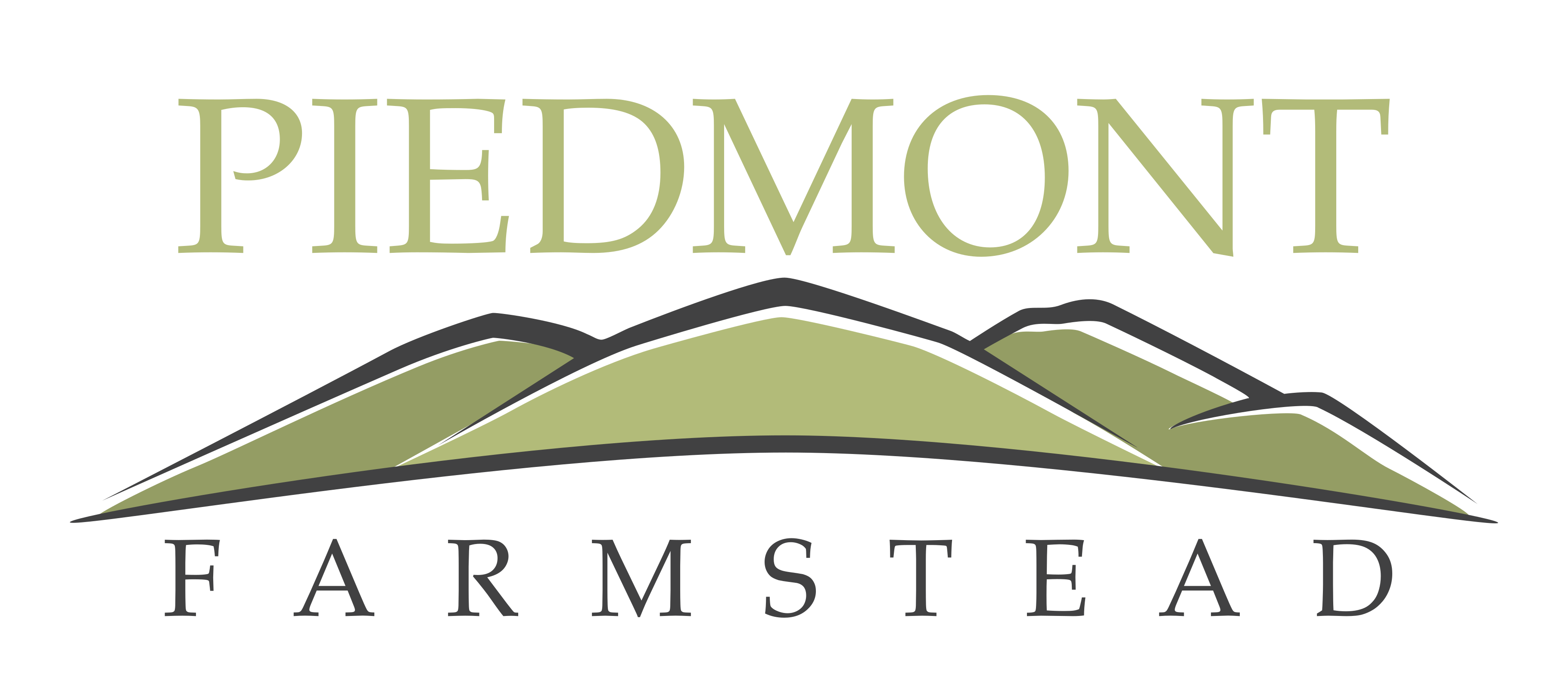

Comments (2)
Keith and Ellen Helmuth December 30, 2020
We’ve been watching your market product lists all season. It’s good to get the update on the blog. Congratulations on your decision to go full time. The photos from the market tables remind us of the years past when we ran similar setups in two markets.
We talked to Harlan a few minutes ago. It sure was good hear his voice and have chat.
From Keith and Ellen in Canada
Mike@ThePiedmontHomestead December 30, 2020
Thanks! We’re excited for sure! In the face of everything that has happened this year for us to be able to consider this has to be a good sign! We hope to get to see you all soon!